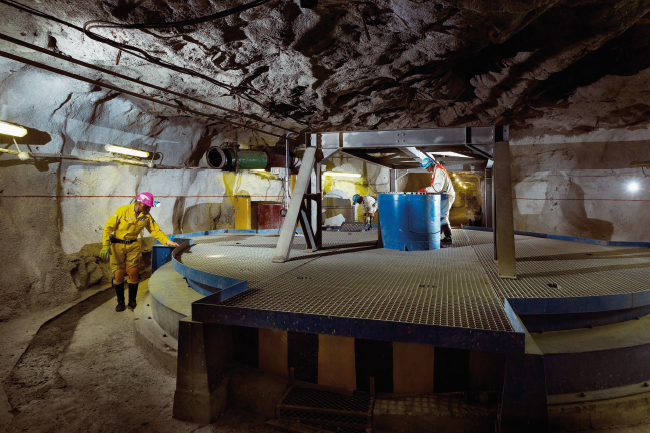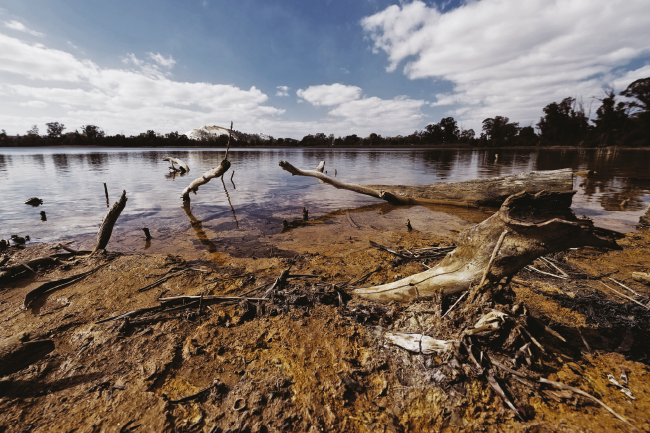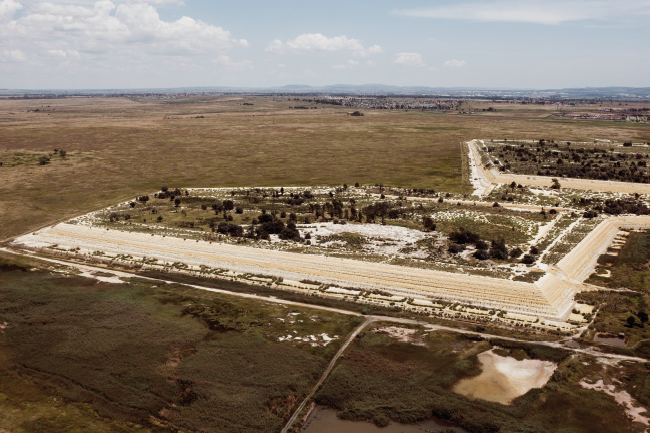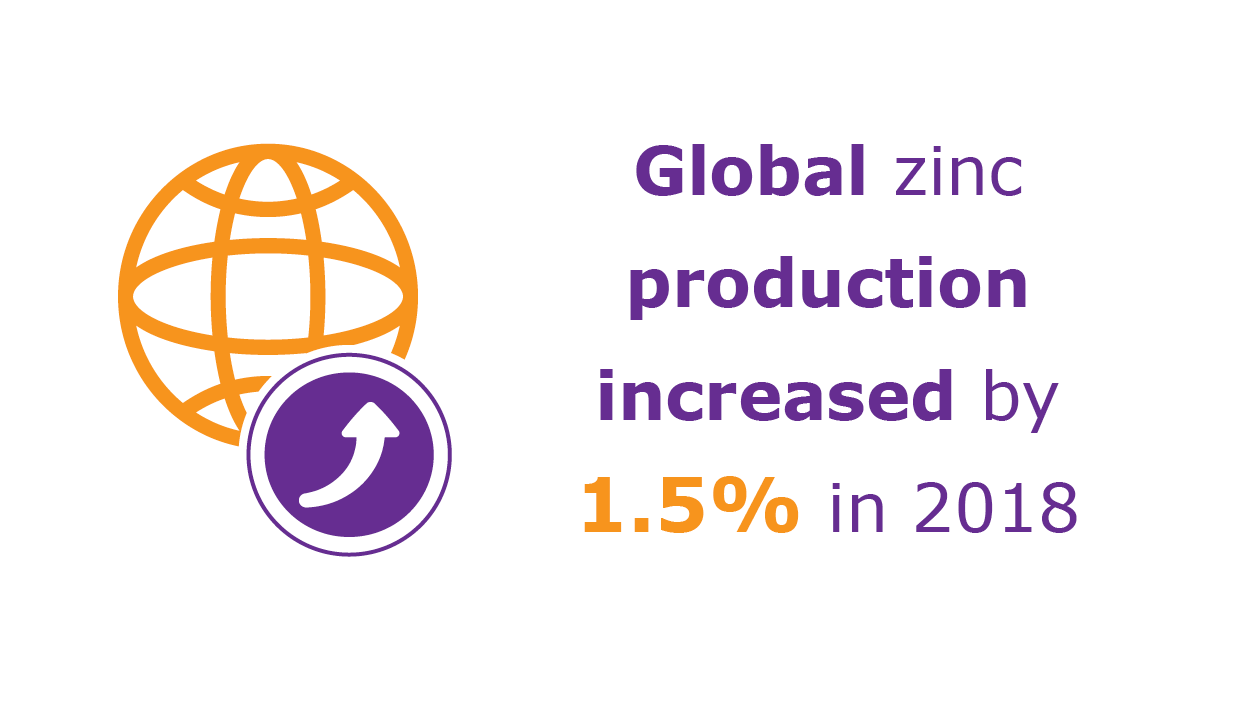Various changes to the regulatory aspects of environmental impact assessments for the South African mining industry have had several repercussions. According to law firm Bowmans, in the mining industry, the Environmental Impact Assessment (EIA) regulations set out the process to be followed in applying for an environmental authorisation. Listing notices, meanwhile, detail the activities that require authorisation. Over the years, various amendments to these regulations and listing notices have been published, initially in 1997, and then in 2006, 2010 and 2014.
In April 2017, Minister of Environmental Affairs Edna Molewa published the most recent changes, which gave further effect to the implementation of the One Environmental System (OES) that came into force on 8 December 2014. The OES is the agreement between the ministers of Mineral Resources, Environmental Affairs and Water Affairs and Sanitation on an integrated environmental management system for mining. In short, the OES aims to integrate administrative and legislative requirements to better align the environmental functioning of mining.
Bowmans notes that the primary purpose of the various amendments in both 2017 and 2014 was to ensure that all of the mining industry’s environment-related aspects would be regulated through the OES contained in the National Environmental Management Act, 1998 (NEMA), and that all environmental provisions in the Mineral and Petroleum Resources Development Act (MPRDA) of 2002 would be revoked.
Beth Candy, principal environmental scientist at SRK Consulting, explains. ‘The April 2017 amendment to the EIA regulations has resulted in further clarification of requirements and gaps, as well as adjustments to the parameters of listed activities included in the 2014 EIA regulations. The amendment has not changed the authorisation process. In my opinion, it has merely responded to queries raised by the authorities, the applicant and the environmental assessment practitioner [EAP] when making use of the 2014 regulations.’
The 2017 changes were minor, mostly clarifying the 2014 amendments, which were much more significant. ‘The 2014 EIA regulations were substantially different from the 2006 and 2010 regulations. Following implementation of the 2014 regulations, a number of uncertainties were identified in the basic assessment and EIA processes,’ says Candy.
She adds that the 2017 amendments were required as they assisted in providing clarity to the authorities, the applicants and the EAPs – especially with regard to the requirements associated with auditing and reporting, and with specialist studies. ‘This has resulted in a more effective and thorough environmental authorisation process.’
According to Lucy Koeslag, Digby Wells environmental group legal services director, among the more significant of the amendments were the changes to both NEMA and MPRDA to bring about the OES – which, she notes, provide greater clarity for mining companies on the EIA processes to follow and the extent of detail required to be included in the EIA/EMP documentation.
‘In the past, separate applications for the mining right, environmental authorisation and waste-management licence were submitted to three separate competent authorities with separate applications, EIA process requirements and time frames,’ she says.
‘The process now requires that the mining right and prospecting right application process be submitted simultaneously with the application for environmental authorisation, and, in certain instances, the environmental authorisation will require an integrated application, which includes the listed activities associated with waste management at the mine.’

Koeslag adds that other noteworthy changes are those included in the National Environmental Management Laws Amendment Act 25 of 2014, which brought all tailings facilities, waste stockpiles, discard dumps, slurry ponds and so forth into the realm of waste-management licensing under the National Environmental Management Waste Act 59 of 2008, effective 2 September 2014. She says: ‘The changes proposed by the bill will therefore help to consolidate and simplify the current costly and onerous environmental approval process for the mining industry and the regulation of all residue stockpiles and deposits, including those approved in terms of the MPRDA, and should also be considered for the planning and management of residue stockpiles and deposits.’
Asked whether all of the changes to the regulation were essential, Koeslag answers in the affirmative. ‘The changes were necessary to ensure a more integrated approach to EIAs and to provide the Department of Mineral Resources [DMR] with authority of environmental administration and guidance over prospecting and mining activities, and ancillary activities associated with mining and prospecting operations,’ she says.
The amendments have had, and will continue to have, various impacts on the mining industry. Though Koeslag believes these have generally been positive, with the exception of the proposed changes to the financial provision regulations, which she feels are problematic.
‘The quantification of the closure costs requires the addition of CPI + 2% and VAT to the closure cost calculations, which are set out in the schedules to the regulations, which will remain a significant cost to lay out at the outset of a new mining project.’
Koeslag notes that the regulations also require annual updates of all closure and rehabilitation reports, and the annual updates of these reports – once completed – must be made publicly available. She says that this will be difficult to maintain on an annual basis and will increase the operational outlay to cover environmental regulatory requirements significantly.
In light of the various amendments, mining houses have had to be careful to ensure that they correctly identify the required environ-mental authorisation process for a project or activity before commencing. In principle, laws do not operate retrospectively and Bowmans cautions that it is therefore essential to ensure that the correct version of a law is applied at the time of commencement of an activity.
According to Bowmans, a mistake in such an assessment could mean the difference between being compliant and non-compliant with the law, whether this is perceived or actual non-compliance. Severe penalties exist for companies found to be non-compliant, including administrative sanctions, directives ordering the cessation of operations until authorised, and financial penalties of millions of rands.
Melanie Naidoo-Vermaak, executive: environmental management at Harmony Gold, explains what the amendments have meant for the mining company. ‘Harmony’s operations are mature in that many of the regulatory requirements have been accounted for through historic applications prior to the 2014 and 2017 regulations. Any future projects that fall outside of the existing authorisation will require some form of assessment, pending the type of activities undertaken,’ says Naidoo-Vermaak.
‘Strategically we need to carefully evaluate the projects and their impact, and then make relevant applications as required by NEMA. It’s also worth noting that the environmental legislation has broadened to such an extent that more authorisation applications are required.’
Asked whether the amendments have had severe impacts on the company’s operations, Naidoo-Vermaak says not particularly, given the company’s historical context. ‘However, should we undertake some of the opportunities to grow our business, then we will need to consider and implement some of the 2014 EIA regulations. Hence, future projects will need to consider the impact of these regulations on timing and costs associated for specialist studies.’
In terms of how the amendments have changed the way Harmony Gold conducts business, Naidoo-Vermaak says the miner has undertaken a more proactive approach with regard to project management, largely to account for the time and costs to the business. ‘By way of example, all details of the project must be known upfront in order that all environ-mental legislative requirements are met.’
As far as the amendments affecting companies wanting to carry out new mining developments, Koeslag says that companies will be required to submit a mining rights application via the DMR’s online South African Mineral Resources Administration (SAMRAD) system, simultaneously with the environmental authorisation application.

‘This will likely include an integrated environmental authorisation to cover the listed waste management activities associated with the mine’s residue deposits and residue stockpiles,’ she says.
Candy adds that with the additional requirements for specialist studies, more time will be required to undertake them. ‘The specialist also needs to be highly competent in their field, as an opinion is required on the acceptability of the proposed activity or activities.’ According to Candy, having completed authorisations in terms of the 2014 EIA regulations, SRK has seen challenges arising from the interpretation of the listed activities and amendment processes.
‘Due to the nature of the mining industry and the lessons learned during the environ-mental authorisation processes undertaken by SRK, it is evident that the EIA regulations are not tailor-made for each specific mine or new development.’ As such, further amendments and refinements of the environmental legislation may still be required, she says.
‘New developments and planning, however, cannot be delayed in anticipation of such amendments,’ says Candy. ‘Applicants need to be sufficiently aware of the requirements of the regulations, have a defined project scope, and understand the proposed projects risks and impacts to the biophysical and social environments during the planning and implementation phases.’







